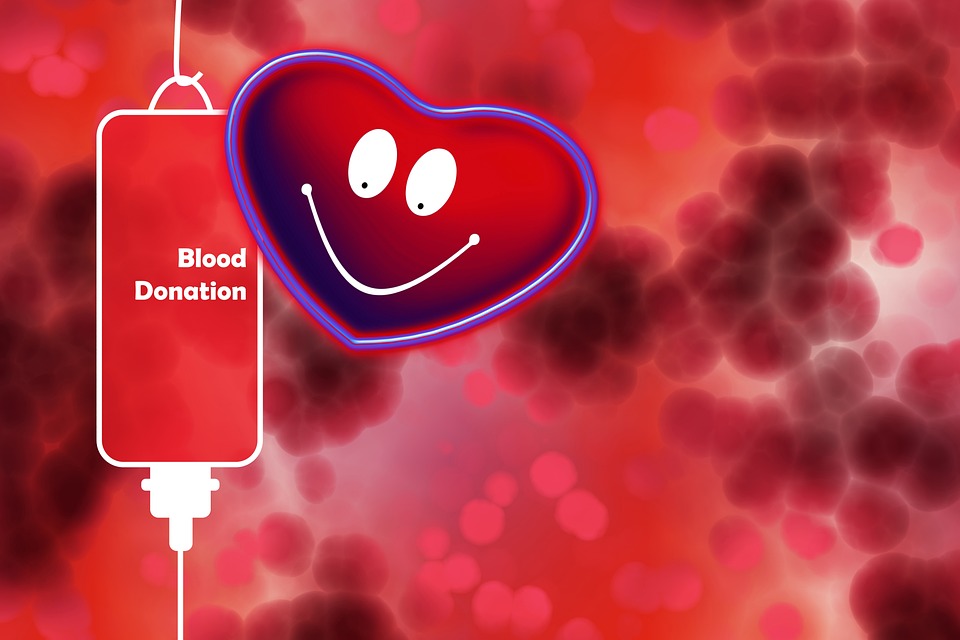Preface
Now that we have learned about the components of blood, in this article we will look at Blood group features, vessels and cells and how they are determined.
Blood groups
Blood groups are determined by the antigens that your body produces. Antigens and antibodies are molecules that consist of either protein or sugar. These antigens adhere to the surface of red blood cells.

These antigens have many functions: They maintain the structure of red blood cells, transport necessary molecules between cells and within cells, they also differentiate between disease-causing cells and normal cells.
Antigens also play an important role in the immune system. The antigens produced by the white blood cells target the foreign bodies and help the body to eliminate them. For this reason, the blood group of the donor and the recipient should match.
If the blood does not match the antigen of the recipient, it will be identified as a foreign body, resulting in the elimination of the transfused blood. This is fatal for the recipient. This is because each blood group has its own specific antigens.
TYPES OF ANTIGENS AND THEIR RELATIONSHIP TO THE BLOOD GROUP
They are classified as Blood group features, vessels and cells. There are 2 types of antigens: Rh antigens and ABO antigens.
As we know, the blood is classified into 4 types according to the ABO antigens.
The groups are: Group A, Group B, Group AB and Group O. Each group has its own specific antigens and antibodies.

GROUP A
Blood group A is the group of red blood cells that carry antigen A on their surface. The blood plasma of this blood group contains anti-B antibodies. This anti-B antibody attacks the antigen B when it is found.
GROUP B
Blood group B is the group of red blood cells with antigen B on their surface. The plasma of this blood group contains anti-A antibodies. This antibody fights the antigen A when it comes into contact with it.
GROUP AB
Group AB has both antigens A and B. The plasma of this blood group contains no antibodies. Therefore it does not fight any antigen.
GROUP O
Group O this blood group has no antigens on its red blood cells. But their plasma contains both antibodies.
UNIVERSAL DONOR AND ACCEPTOR
Since blood group AB has no antibodies, it can accept any blood group and is therefore the UNIVERSAL BLOOD ACCEPTOR. And since blood group O contains both antigens, it is accepted by every ABO blood group. This is why Group O is called the UNIVERSAL BLOOD SPENDER.
The other type by which blood is classified is the Rh factor. If the blood has the Rh antigen, it is antigen-positive, otherwise it is negative. Blood with Rh can receive blood without Rh, but not vice versa.
So if you consider all antigens together, there are a total of 8 combinations of blood groups.
The possible blood groups and the blood they can accept
| BLOOD GROUPS | THEY CAN ACCEPT |
| A+ | A+,A-,O+,O- |
| A- | O-, A- |
| B+ | B+,B-,O+,O- |
| B- | B-,O- |
| AB+ | A+,A-,B+,B-,O+,O- |
| AB- | A-,B-,O- |
| O+ | O+,O- |
| O- | O- |

Conclusion
It’s not just about blood anymore. Not everyone can donate blood to everyone and vice versa. Blood is a precious commodity and one of the most important parts of the body. Don’t lose it. ‘Do donate it’.
Overview Blood Anatomy // Blood Functions // Cells
Natural way to Liver maintenance // Detoxing liver // healthy liver
Lungs anatomy and physiology // Lungs function
